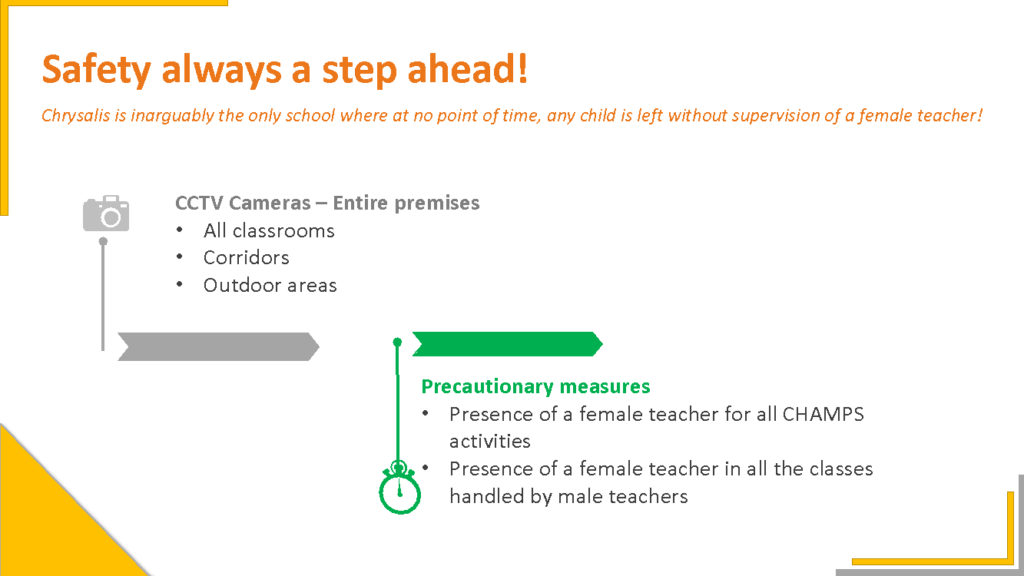Karnataka is known for its rich culture and many different customs. There are many traditional shows there that bring its past to life. The folk dance of Karnataka stands out because it is a potent mix of artistic expression and group energy. These dances have become symbols of unity and national pride through generations of additions to ancient customs. They not only tell stories about the past, but they also bring religion and community events to life. It turns classic performance art into something that people do every day.
Understanding the Significance of Folk Dances in Karnataka
The folk dance of Karnataka is an integral part of keeping the state’s culture alive. These dances are more than just fun; they tell stories about history by bringing together different groups’ beliefs, customs, and tales. People honor their past and improve their relationships with each other by embracing these traditional arts.
People in many rural areas do these dances to unite people and mark religious events or the changing seasons. Karnataka’s folk dances are timeless and essential to the state’s character because they are deeply linked to art, spirituality, and everyday life.
Popular Folk Dance Forms of Karnataka
Here are some of the most well-known types of folk dance that show off Karnataka’s rich cultural heritage:
| Dance Form | Description | Region | Cultural Significance |
| Dollu Kunitha | There are synced beats in this high-energy drum dance. When done with accuracy and energy, the rhythm stands for bravery and group pride. | North Karnataka | Shows the spirit of the Kuruba people and stresses how important the drum is as a traditional sign. |
| Bhootha Aradhane | A symbolic dance honoring ancient spirits that includes dramatic processions, loud drum beats, and firecrackers. | Various parts of Karnataka | You can talk to the gods through it and keep evil spirits away. |
| Yakshagana | A type of dance-drama that tells mythological stories through fancy outfits, expressive moves, and lively music. | Coastal Karnataka | Combines entertainment and storytelling, keeping holy and ancient stories alive. |
| Nagamandala | A religious dance filled with complicated steps and symbolic moves that honors snake gods. | Rural Karnataka | Shows respect for nature and the supernatural, and it’s also a practice to make the snake spirits happy. |
Every dance style in the table shows a different part of Karnataka’s social and cultural life. This makes the folk dance of Karnataka a celebration of culture in many ways.
Dollu Kunitha: The Drum Dance of Karnataka
This lively drum dance, Dollu Kunitha, is part of the customs of the Kuruba people. With roots in rural traditions, it features strong rhythms and coordinated movements that excite both artists and spectators. The beats of the drum show a strong cultural link and pride in the past.
This lively show is a symbol of artistic expression and community power. It comes from events that happened long ago when each rhythmic strike honored family rituals. The passion and accuracy of the folk dance of Karnataka not only capture viewers but also protect an important cultural heritage.
Bhootha Aradhane: The Spirit Worship Dance
In Bhootha Aradhane, dancers honor ancient spirits and keep evil spirits away. The loud drum beats, firecrackers, and dramatic processions make for a mysterious and solemn atmosphere. The show is an integral part of local religious ceremonies and healing for the community.
This holy folk dance of Karnataka is a vital link between the divine and the human world. Performers ask for blessings and protection with every careful step and traditional move. The show strongly celebrates national identity because it combines spectacular visuals with spiritual symbols.
Nagamandala: The Serpent Worship Dance
The Nagamandala dance has its roots in old magic and worship of snakes. There are a lot of complicated moves in the performance that look like the winding paths of snakes, giving it both beauty and power. It’s a spiritual conversation with nature and the mysterious forces that run through it.
Every carefully planned step and bright visual show brings out the sacred meaning of the folk dance of Karnataka. People take part in symbolic actions that honor mythical snakes and their vital role in local legends. This beautiful form of dance has a long history of spiritual expression and cultural respect.
Yakshagana: The Fusion of Dance and Drama
One of the best things about Yakshagana is how well it combines dance, music, and conversation. It comes from the coast of Karnataka and is famous for telling vivid stories through complicated moves and outfits. The story is based on ancient epics, and its dramatic flair enchants readers.
In this one-of-a-kind art form, cultural tradition and artistic expression come together. Each show tells an old story in a way that is true to life, drawing the audience into the story. The way that different types of art are seamlessly combined in Yakshagana honors Karnataka’s long history of cultural theater.
Other Folk Dance Forms of Karnataka
Karnataka is home to many lively dance styles that are important to the culture, in addition to the well-known shows.
- Kunitha Yellammana: Yellammana Kunitha, a unique folk dance of Karnataka, honors local gods and reflects the region’s spiritual practices. Folk dances like this one have been a part of the state’s culture for hundreds of years and add to its artistic history.
- Suggi Kunitha: Suggi Kunitha is another lively folk dance of Karnataka that is performed as a harvest dance. It shows appreciation for nature’s gifts with lively, joyful dance moves. The folk dance of Karnataka is a rich weave, and this is an integral part of it.
- Devare Thatte Kunitha: Devare Thatte Kunitha is a unique folk dance of Karnataka, distinguished by its fantastic standing on round discs. This unique performance style brings out the area’s imagination and goes well with the heritage’s lively story.
The Future of Karnataka’s Folk Dances: Preserving Traditions
As the world quickly becomes more modern, dedicated culture groups and community leaders are working harder to keep Karnataka’s traditional dance styles alive. There have been many efforts to keep Karnataka’s folk dances alive through things like in-depth workshops, careful recording, and regular shows. Younger people can also learn about these practices through collaborative projects and new ways of teaching.
Karnataka’s performing arts are rich in history and beauty; festivals and cultural events highlight these practices. This lasting legacy continues to encourage creativity, foster community pride, and shape future generations’ respect for the folk dance of Karnataka, thanks to ongoing support from both the government and private organizations. Making sure that their unique beauty lasts forever.
Conclusion: Celebrating Karnataka’s Folk Dances
The folk dance of Karnataka shows off the state’s rich cultural history and brings the past and present together in a lively way. These acts show what Karnataka’s customs are all about. Karnataka’s cultural identity lives on even in the modern world thanks to its dances, which tell stories of bravery, respect, and community. Because these dances can teach, entertain, and bring people together, they are more than just shows; they are live traditions.
Plan Your Visit to Karnataka
Plan a trip to Karnataka if you are interested in exploring other cultures and want a complete experience. Attend local events and cultural shows to experience the enchanting rhythms and bright colors of the folk dance of Karnataka for yourself. Karnataka is a great place to see the changing practices that have defined a society, whether you like dance or are just interested in learning about other cultures.
FAQs
What are the primary folk dance forms of Karnataka?
Karnataka’s most popular folk dance styles include Dollu Kunitha, Bhootha Aradhane, Nagamandala, and Yakshagana. Each has its own cultural background.
What is Dollu Kunitha, and why is it so popular?
Dollu Kunitha is a lively drum dance that is well-known for its steady beats and themes of cultural unity and community bravery.
How is Yakshagana different from other folk dances of Karnataka?
Yakshagana is a form of dance and theater that is unique to coastal Karnataka. It uses elaborate outfits, expressive moves, and stories from mythology.
What is the cultural significance of Bhootha Aradhane?
Bhootha Aradhane is a spiritual dance that honors ancient spirits by showing off bad energies with dramatic processions and traditional parts.
Can tourists watch Karnataka’s folk dances during their visit?
Yes, tourists can see authentic Karnataka folk dances performed at fairs and other cultural events. These performances give visitors a deep look into the traditions of the area.


